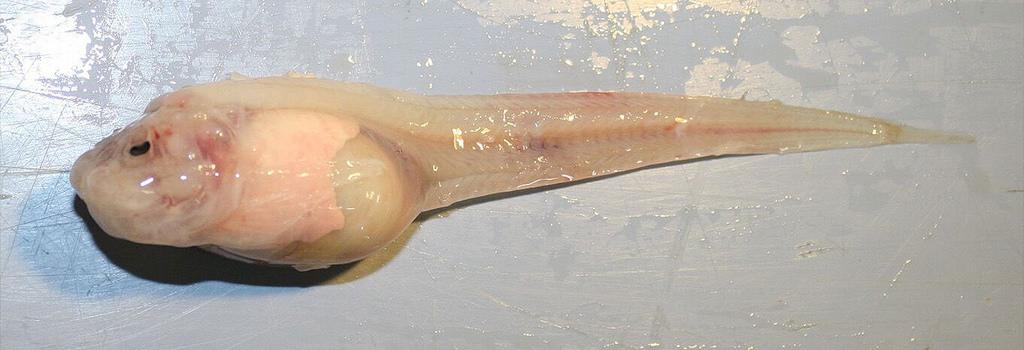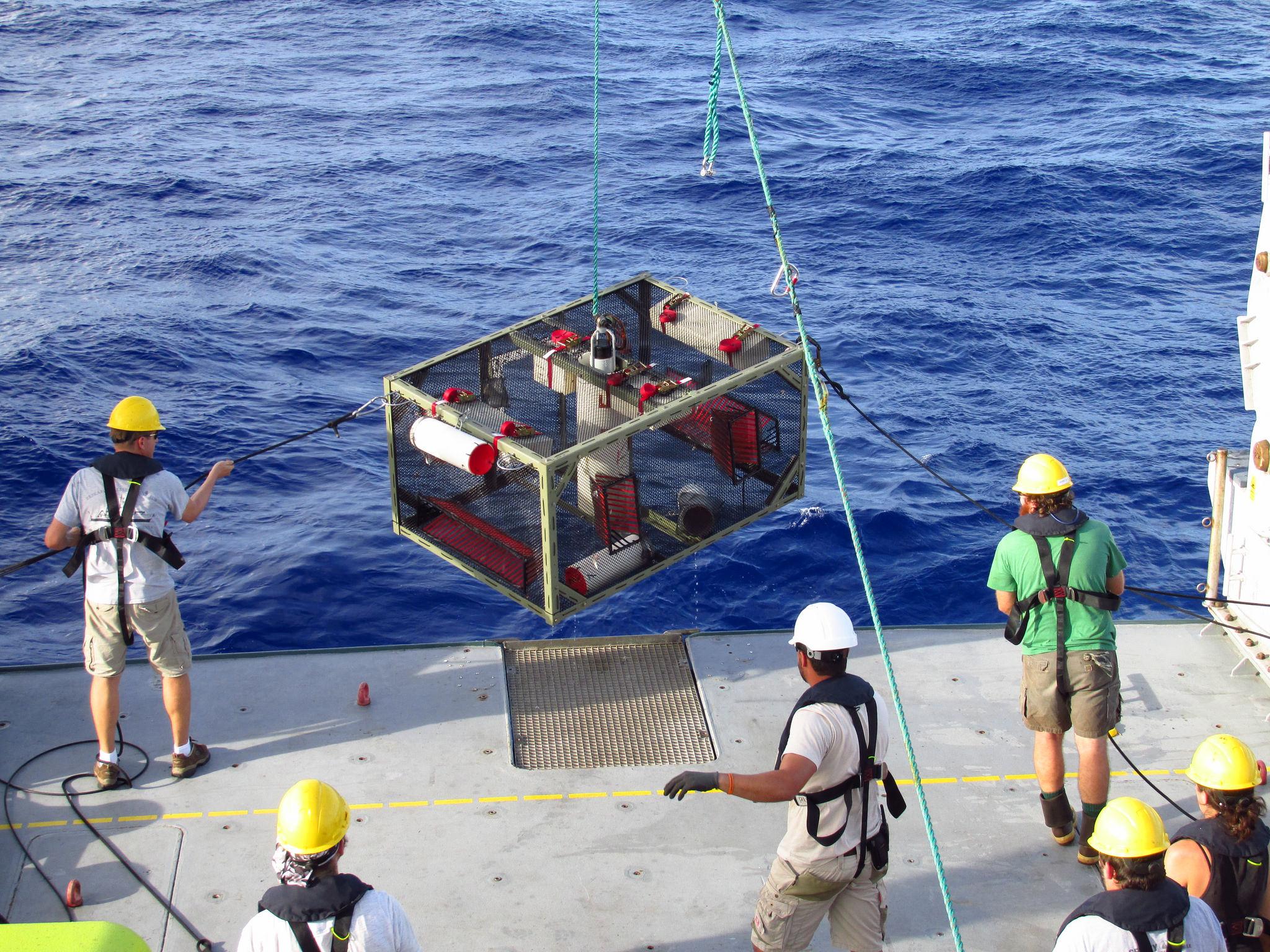New species of deepest-living fish found five miles underwater
Newly discovered snailfish takes the record from individual featured in Blue Planet II
In the crushing depths of the ocean, scientists have discovered a species of fish that thrives deeper than any other.
The Mariana snailfish has been observed at depths of 8,178 metres – just over 5 miles down.
The fish is named after its home, the Mariana Trench in the western Pacific Ocean, which is the deepest part of the world’s seas.
This new record edges out the previous title holder: the so-called ethereal snailfish that featured in a recent episode of Blue Planet II.

In “The Deep”, episode two of the BBC series, David Attenborough described the ethereal snailfish as “the deepest living fish so far discovered".
But according to Dr Thomas Linley, one of the scientists who discovered the new species, Mariana snailfish have been seen swimming even deeper.
What’s more, at nearly 8,200 metres down these snailfish may well be living at the maximum depth it is possible for fish to survive at.
“Our understanding of how fish operate means that 8,200 metres is the theoretical limit,” said Dr Linley, who is based at Newcastle University.

Fish have a chemical in their bodies called trimethylamine N-oxide, or TMAO, which enables the molecules in their bodies to withstand the enormous pressures of the deep ocean. TMAO is what gives gone-off seafood its “fishy smell”.
The pressure acting on snailfish at these depths was described in Blue Planet II as the “equivalent of 50 jumbo jets stacked on top of one another”.
The deeper in the ocean scientists look, the more TMAO they find in the fish living there. However, this mechanism has a limit.
“At about 8,200 metres it gets so concentrated that their internal environment would be more concentrated that seawater, and it would be very difficult then for the animals to survive,” said Dr Linley.
“They would need a total reworking of how fish work,” he said.
Despite their seemingly hostile environment, Mariana snailfish are fragile creatures, with underdeveloped skeletons and paper-thin skin.
“They don’t look very robust or strong for living in such an extreme environment, but they are extremely successful,” said Dr Mackenzie Gerringer, a marine biologist at the University of Washington.
Together with Dr Linley and other collaborators, Dr Gerringer authored the new paper in the journal Zootaxa that formally describes the Mariana snailfish.
There are still “lots of surprises waiting” in the deepest parts of the ocean, according to Dr Gerringer.
“It’s amazing to see what lives there. We think of it as a harsh environment because it’s extreme for us, but there’s a whole group of organisms that are very happy down there,” she said.
Join our commenting forum
Join thought-provoking conversations, follow other Independent readers and see their replies
Comments